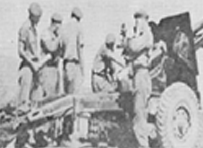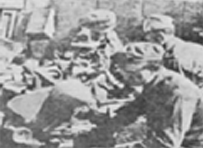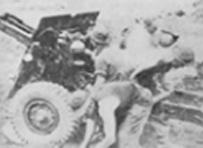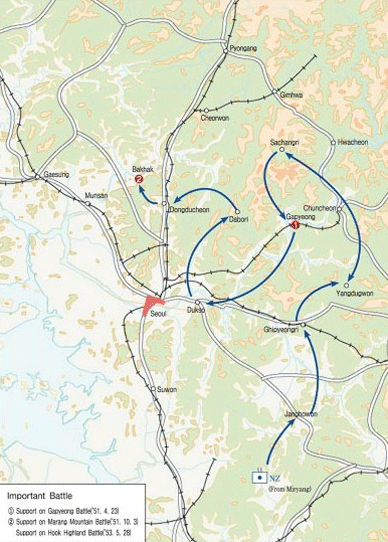 The New Zealand
The New Zealand
List for UN Allies

Counteroffensive Operation Support (1951. 2. 21~4. 18)
The New Zealand 16th Artillery Regiment supported the British Commonwealth 27th Regiment's Albany line advance operation (Juam-ri in the north of Yeoju - Yangdeokwon-ri in the south of Hongcheon) and the Kansas line advance operation (Yangdeokwon-ri - Sachang-ri Baekwun Mt.) during the U.N. Forces' Counteroffensive Operation launched after the Chinese Communist New Year Offensive in 1951.
Gapyung Battle Support (1951. 4. 23~25)
When this Regiment met with the Chinese Communist Spring Offensive while supporting the South Korean Army 6th Division at Sachang-ri, it carried out the retreat of this Division and moved to Gapyung to join the British Commonwealth 27th Brigade. It made a contribution in stopping the Chinese Communist Spring Offensive by supporting 'Battle of Gapyung' in which the British Commonwealth 27th Division fought against the Chinese Communist Army attempting to advance to Gapyung after passing through Sachang-ri.

Commando Operation Support (1951. 10. 3~8)
This Regiment supported the British Commonwealth 28th Brigade's capturing operation of Gowang Mt. and Maryang Mt. during the Commando operation launched by the British Commonwealth 1st Division at Segol, 15km west of Jeongok. It fired 72,000 rounds of shells during this 6 day battle, which was the largest number of shells used for a single operation since participating in the Korean War.
Gowang Mt. Battle Support (1951. 10. 23)
This Regiment supported the defensive battle in which the Canadian 25th Brigade fought against the Chinese Communist Army's surprise attack at Gowang Mt. It supported the battle along with artillerymen from other regiments within the Division, and the number of shells fired was about 12,000. On the other hand, the Chinese Communist Army also fired 4,000 rounds of shells towards the hill.

Hook Hill Battle Support (1953. 5. 2~28)
This Regiment supported the defensive battle in which a Canadian regiment fought against the Chinese Communist Army's surprise attack at the Hook Hill in the western shore of Samicheon on May 2, 1953. It also supported the defensive battle in which the British Commonwealth 29th Regiment fought against the Chinese Communist Army's attack in the same area on May 28. In these two battles, both the Canadian Force and the British Force lost their hill to the enemy but they successfully launched a counterattack with artillery support to recapture the hills. In this battle, the Chinese Communist Army fired 10,000 rounds of shells towards the hills.
The British Commonwealth Division fired 24,000 rounds of shells in total and 4,500 rounds of shells of which were fired by the New Zealand Artillery Regiment.
After the cease-fire agreement, the New Zealand Naval Force was withdrawn in Mar. 1945 and Ground Troops in Nov. 1955.
